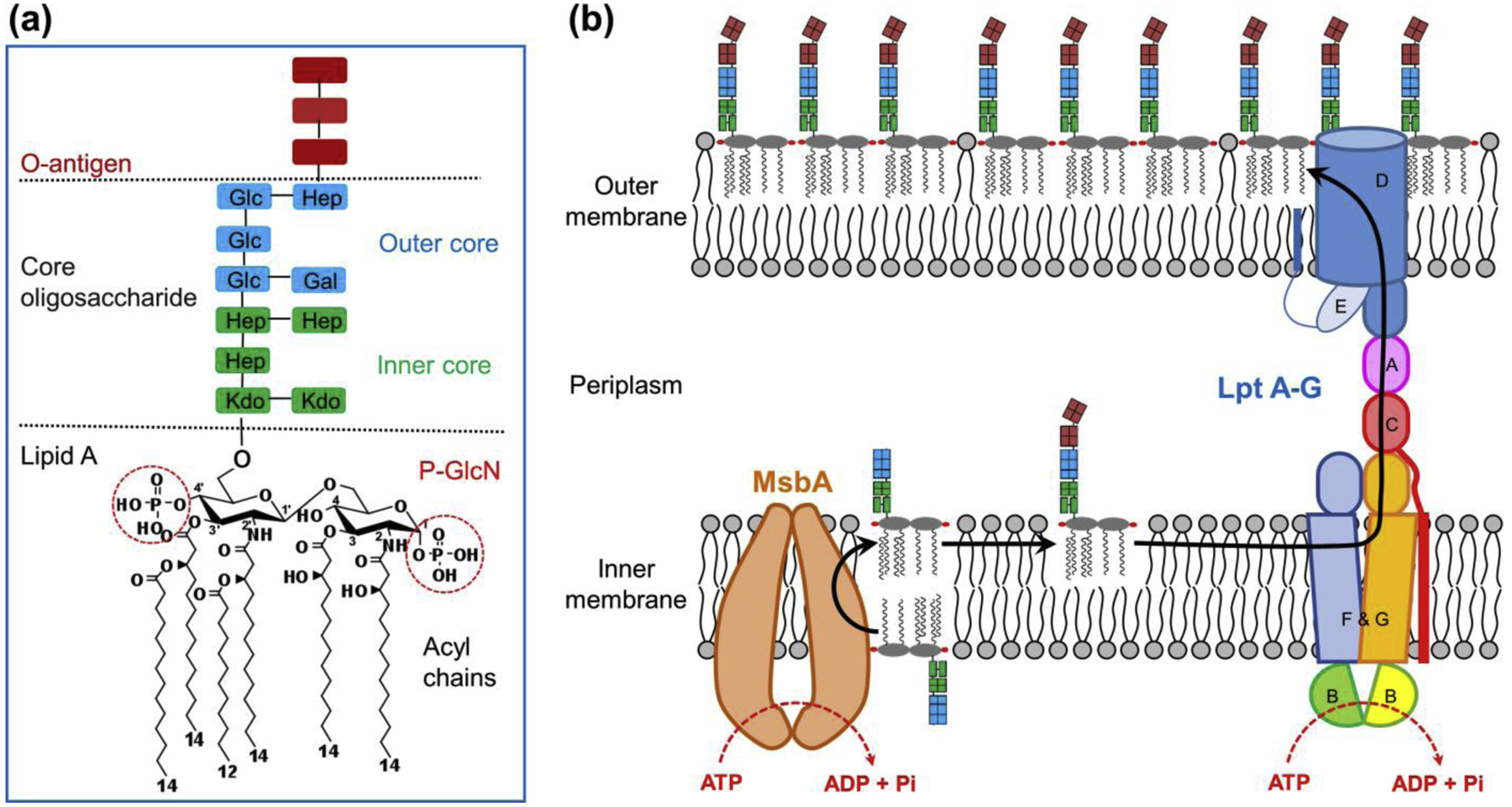Figure 1 |. Lipopolysaccharide structure and transport pathway.

(a) Lipopolysaccharide (LPS) structure in Escherichia coli. LPS is composed of three portions: lipid A, core oligosaccharide, and O-antigen. Lipid A has a glucosamine disaccharide with phosphate groups at the 1- and 4′-positions (phospho-N-acetylglucosamine, or P-GlcN), and primary acyl chains at the 2-, 3-, 2′- and 3′-positions. Two secondary acyl chains are attached to the 2′ and 3′ primary acyl chains. The core oligosaccharide is composed of inner and outer saccharides, including 3-deoxy-D-manno-oct-2-ulosonic acid (Kdo), heptose (Hep), glucose (Glu), and galactose (Gal). The O-antigen consists of many repeats of an oligosaccharide unit. (b) LPS transport pathway in E. coli. Lipid A with core oligosaccharide is synthesized in the cytoplasmic leaflet of the inner membrane (IM). MsbA, a homodimeric ABC transporter, flips the nascent LPS across the IM. The O-antigen is ligated to lipid A-core saccharide on the periplasmic side of the IM. LptB2FGC extracts the mature LPS out of the IM, and subsequently pushes it across the periplasm through LptA and LptDE. LPS is eventually inserted in the outer leaflet of the outer membrane (OM). MsbA and LptB2FGC utilize the energy from ATP hydrolysis to power LPS movement.
